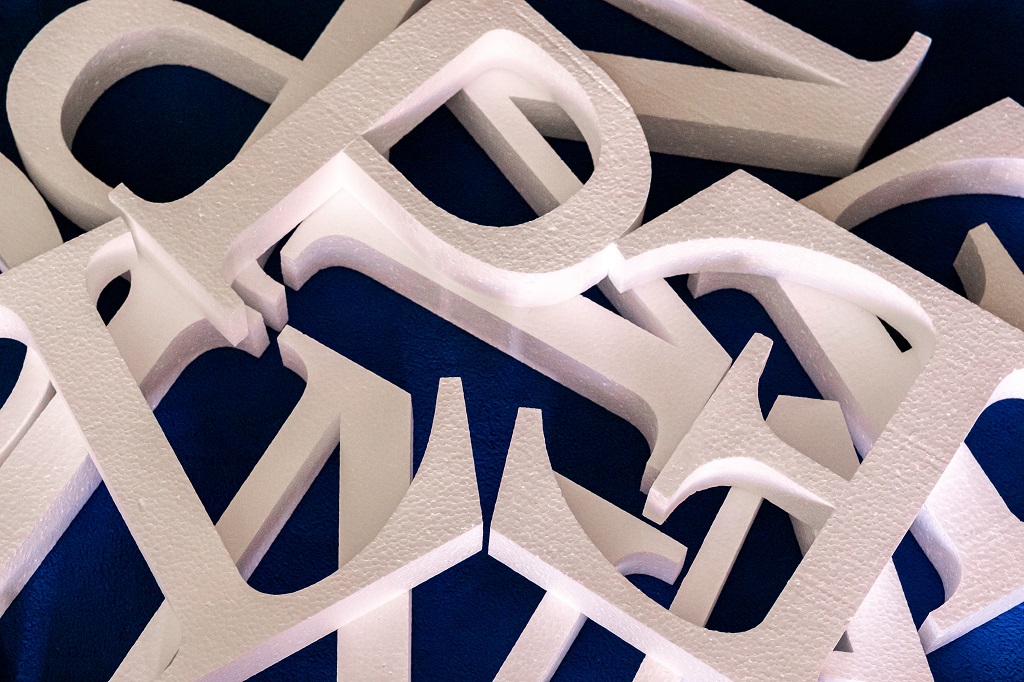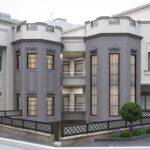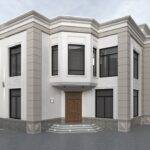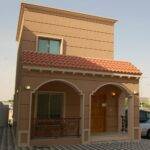Description
EPS (Foam) 3D Sculpture
In the realm of event planning and design, the use of EPS (Foam) 3D Sculpture has gained significant popularity. EPS or foam sculptures are 3D artworks crafted using Expanded Polystyrene (EPS) or foam as the primary material. EPS, a lightweight and versatile material, is expanded and molded into desired shapes using heat and pressure. This allows artists and event planners to create intricate sculptures that captivate and inspire.
Advantages of Using Foam in 3D Sculptures
1. Lightweight: EPS or foam 3D sculptures are significantly lighter than sculptures made from traditional materials such as stone, metal, or wood. This characteristic makes them easier to handle, transport, and install, reducing logistical challenges and costs.
2. Versatility: Foam offers exceptional versatility in shaping 3D sculptures. It can be easily carved, cut, and sanded to achieve intricate designs, textures, and details. This malleability allows artists to bring their creative visions to life with ease.
3. Cost-effective: EPS or foam 3D sculptures offer a cost-effective alternative to traditional sculpting materials. Foam is generally more affordable, allowing for the creation of large-scale sculptures without sacrificing aesthetics or durability.
Comparison between EPS or Foam and Other Materials
EPS or foam sculptures possess several advantages over sculptures made from alternative materials:
1. Weight: Unlike stone, metal, or wood, EPS or foam sculptures are lightweight. This characteristic makes them more practical for temporary or event-specific installations, as they require less structural support and are easier to transport.
2. Customization: Foam sculptures provide greater flexibility in customization. Artists can mold foam into intricate shapes, curves, and textures, enabling the creation of unique and visually captivating designs that may be challenging or costly to achieve with other materials.
3. Durability: While not as durable as stone or metal, properly coated and maintained foam sculptures can withstand outdoor conditions for extended periods. They are resistant to weathering, making them suitable for temporary installations or events held in outdoor settings.











